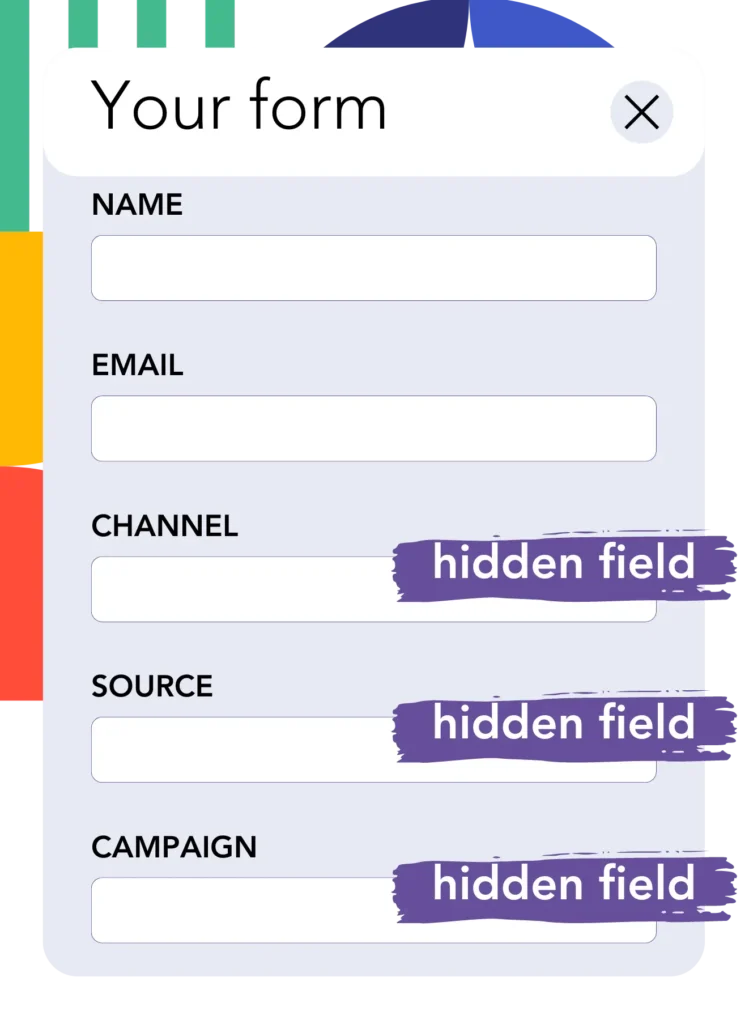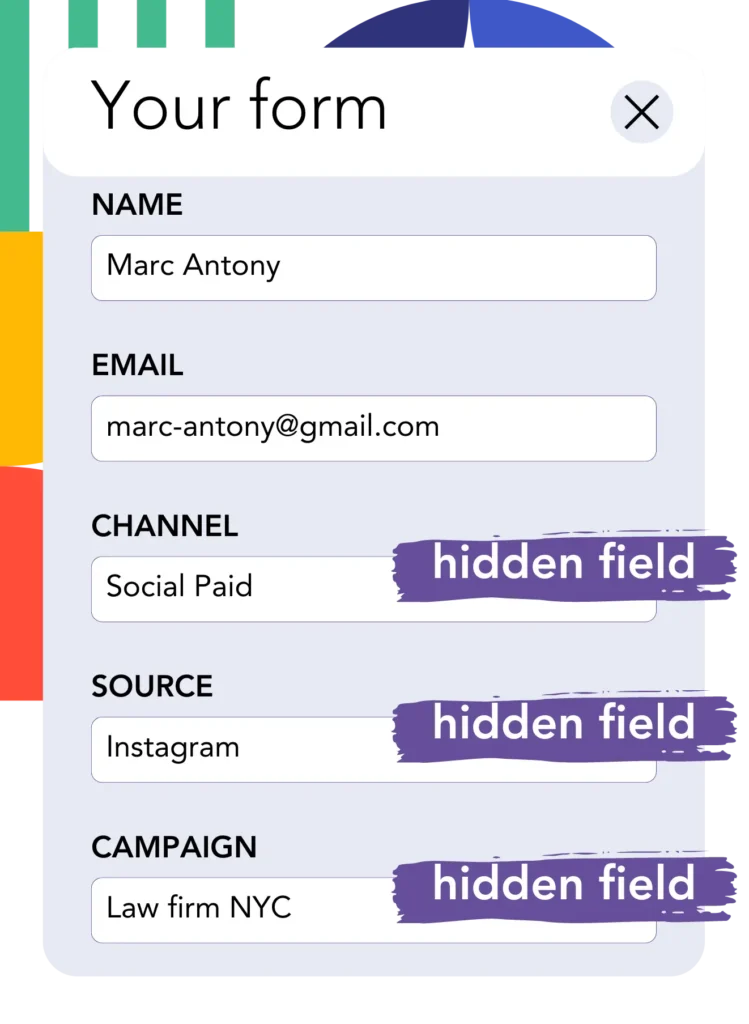Adding UTM tracking to FormAssembly can be challenging, especially for those without coding skills.
What if there was an easy way to capture UTM parameters in FormAssembly, without any coding?
Discover Leadsources.io!
Leadsources is a lead source tracking tool that bridges the gap between your UTM parameters and FormAssembly.

When a visitor clicks on your marketing campaign, Leadsources captures the UTM parameters in your URL.
Leadsources then automatically inserts these UTM parameters into the hidden fields of your FormAssembly form.
You can view the UTM parameters alongside the lead’s information on the submission page in FormAssembly.
Follow this easy guide to learn how to implement UTM tracking in FormAssembly with Leadsources in just 10 minutes, coding skills not needed.
Implement FormAssembly UTM tracking in 4 easy steps:
Step 1: Add Leadsources to your website’s head tag

Sign up to Leadsources.io and take advantage of our 14-day free trial.
Insert the Leadsources code into your website’s head tag. No coding or developers needed.
Follow our simple step-by-step guide.
Step 2: Add UTM parameters to your campaigns

Add the UTM parameters you want to track to all your campaigns (PPC, email, social media, etc.).
Leadsources supports the following UTM parameters:
- UTM_source
- UTM_campaign
- UTM_term
- UTM_content
Leadsources also captures additional information not included in UTM parameters, such as the channel, landing page, and landing page subfolder.
Step 3: Add hidden fields to your FormAssembly form

When visitors fill out your FormAssembly form, they provide personal data in the visible fields (name, email, etc.).
Simultaneously, Leadsources automatically inserts the UTM parameters into the hidden fields of your FormAssembly form (channel, source, etc.).
To do this, add hidden fields to FormAssembly to store your UTM parameters.
Configure the Hidden Field
- Once the hidden field is added to your form, click on it to open the field’s settings panel.
- In the settings panel, enter the name for the hidden field. You will need to create and configure hidden fields for each UTM parameter.
- Add the exact following fields one by one:
- channel
- source
- campaign
- term
- content
- landingpage
- landingpagesubfolder
Step 4: Track UTM parameters in FormAssembly

When someone clicks on your campaign and lands on your website, Leadsources captures the UTM parameters from your URL.
The visitor then opens your FormAssembly form and starts filling it out.
Leadsources inserts the UTM parameters into the hidden fields of your FormAssembly form, which are not visible to the visitor.
Upon submission, the UTM parameters and the form responses are submitted together. You can view all this information on the submission page in FormAssembly.
How does Leadsources work?
By adding the Leadsources code to your website’s head tag, Leadsources captures the UTM parameters in your URL every time someone lands on your site.
It stores the UTM parameters in the hidden fields of your FormAssembly form.
If a visitor enters your site without clicking a link with UTM parameters, Leadsources still captures data about the visitor using the referrer:
- Channel
- Source
- Campaign
- Landing page
- Landing page subfolder
As a result, you can track important lead source data, even when you don’t use UTM parameters, such as:
- On Google Search
- On your Instagram bio link
- On your social media posts
While most tools can only track leads using UTM parameters, Leadsources allows you to track lead sources regardless of their origin:
- Organic Search
- Paid Search
- Organic Social
- Paid Social
- Referral
- Affiliate
- Display Advertising
- Direct Traffic
This helps you collect lead source data in one place.
Pro tip:
LeadSources integrates with all the popular online form builders, including Cognito Forms, Gravity Forms, Jotform, Typeform, WPForms, and more. Check how to track the UTM parameters in any form builder.
How to run performance reports
Now that you’ve captured lead source data in the hidden fields of your FormAssembly form, you can use it to run performance reports such as:
- Leads per channel
- Revenue per channel
- Revenue per keyword
This allows you to make informed decisions on your marketing spending.
Let’s explore what kinds of reports you can run and what they can do for you.
Lead performance reports
You can run reports showing the volume of leads generated by:
- Channel
- Source
- Campaign
- Landing page
- Landing page subfolder
Example #1
You run campaigns on different channels (SEO, PPC, emailing, etc.). Collect the data and produce the report: “Leads by Channel”.

Example #2
Once you identify the top channel for lead generation (e.g., Google Ads), you can further explore this channel to track the number of leads generated by each ad campaign.

Example #3
After you determine which campaign is producing the most leads, you can take the next step by focusing on this campaign and reviewing the keywords that are leading to those results.

Sales performance report
Knowing which ads and keywords generate the most leads is crucial, but does it translate to revenue?
By sending your FormAssembly submissions into a CRM, you can generate similar reports based on sales.
Example report:
| Channels | Search Paid | Social Paid |
| Leads | 50 | 75 |
| Sales | 5 | 6 |
| Average order value | $150 | $100 |
| Revenue | $750 | $600 |
In this example, you ran ads on Google and Facebook. The “Leads by Channel” report showed that Social Paid ads generated more leads than Search Paid ads.
After a few weeks, you analyze which leads turned into paying customers and find that the Search Paid channel generated more revenue with fewer leads than the Social Paid channel. You conclude that increasing your Search Paid budget is a better investment.
LeadSources tracks the source of each lead in FormAssembly, whether they come from ads, organic search, social, email, etc. and syncs that data with each submission. See the full breakdown on the lead source in FormAssembly page.
